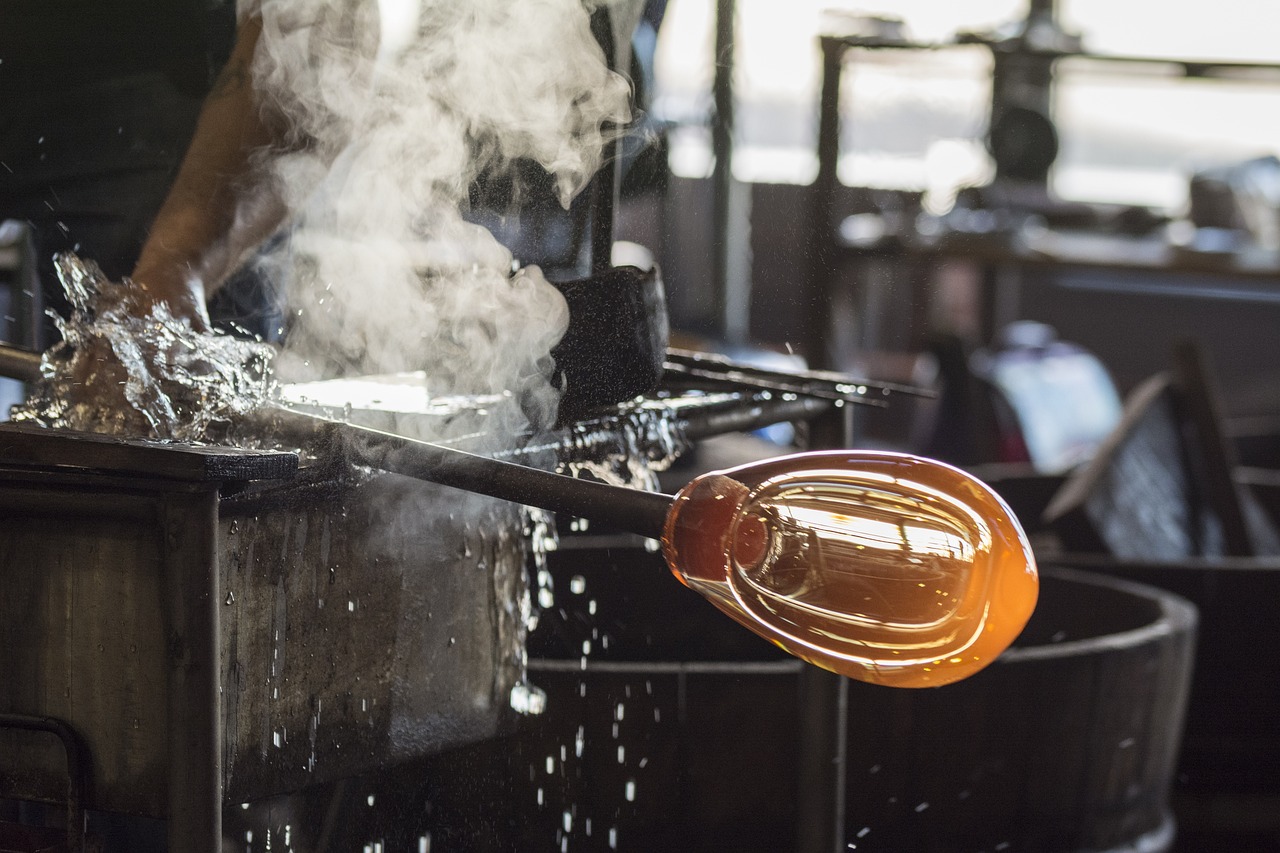As a matter of fact, chemistry incorporates concepts from other scientific fields. This explains why we encounter many different physical processes when studying chemistry. And vaporization is one of them. While the term vaporization doesn’t sound fancy and seems pretty straightforward to understand, some students still confuse it with other physical processes or changes in chemistry.
Vaporization is when a liquid is transformed into a gas, also referred to as vapor.
To better understand the concept of vaporization, the article will define the term and explain when and how vaporization occurs. The following text will also discuss the similarities and differences between vaporization, evaporation, and sublimation. To highlight the importance of vaporization, the last section of the article will focus on the uses, applications, and examples of vaporization in everyday life.
Vaporization Definition
Vaporization is something we encounter pretty much on a daily basis.
Vaporization is a physical phase change in which a substance in its liquid form transforms into the same substance but in its gaseous form.
During vaporization, just like in the case of any other physical process, the composition of a given substance remains unchanged. The only change that occurs during vaporization is the conversion of a liquid into a gas.
Vaporization Explained: When and How It Occurs
While vaporization is the phase transition from liquid to gas, it doesn’t occur spontaneously.
Vaporization takes place in two ways: either through evaporation or boiling.
Evaporation is when a substance is vaporized by means of the energy (heat) within the substance that had been obtained from the environment. Evaporation is a natural process that can happen at any temperature above freezing and below the boiling point.
On the other hand, boiling is a process in which a substance is heated to reach its boiling point. As the substance hits the boiling point, the portion of the liquid is transformed into a gaseous phase through vaporization.
So, whether a substance vaporizes or not depends on the conditions in a given environment. For example, water can vaporize if you leave a glass of water in a room or if you boil some water in a pot. The same applies to other substances, such as alcohol, acetone, or various liquid chemicals used in laboratory settings.
Vaporization vs Evaporation: What’s the Difference?
Vaporization is often confused with evaporation. While these two terms sound pretty similar and are also related to each other in a way, they shouldn’t be used interchangeably.
The main difference between vaporization and evaporation is that vaporization is a broader term while evaporation is a specific type of vaporization.
To never confuse vaporization with evaporation again, remember that vaporization occurs during both evaporation and boiling. However, when a substance is being vaporized, we can’t claim that it’s necessarily evaporating. This is because the liquid may be turning into vapor due to a substance being heated up to its boiling point.
If you’re curious about how or why evaporation happens, check out this kid-friendly water evaporation experiment by SydneyWaterTV.
Vaporization vs Boiling: What’s the Difference?
Another process that we should mention when explaining vaporization is boiling. Boiling may seem similar to evaporation, but there are major differences between these processes. Besides, vaporization and boiling are also two different terms that aren’t supposed to be used synonymously.
What distinguishes vaporization from boiling is that boiling is a process during which vaporization occurs.
As the substance is heated and once it reaches its boiling point, molecules start vaporizing. This means that part of the substance turns into vapor. So, while boiling leads to vaporization, vaporization isn’t always caused by boiling.
For a quick explanation of the differences between vaporization, evaporation, and boiling, check out this YouTube video by JR Ginex-Orinion.
Vaporization vs Sublimation: What’s the Difference?
While vaporization is the process during which vapor is formed, not every vapor formation can be considered to be vaporization. A perfect example is sublimation.
The main difference between vaporization and sublimation is that vaporization is when a liquid turns into a gas while sublimation is when a solid is transformed into a vapor.
So, although the end result of sublimation is the formation of vapor, the substance transitions from a solid phase to a gas phase, skipping the liquid phase.
Some of the common substances that are characterized by the solid-to-gas transition are iodine, methanol, camphor, dry ice, and more.
Uses, Applications, and Examples of Vaporization
As we’ve already explained what vaporization is and discussed the main differences between vaporization, evaporation, boiling, and sublimation, let’s continue with the common uses and examples of vaporization. Vaporization is not only involved in basic daily activities but is also widely used for commercial and industrial purposes.
Some of the common examples of vaporization include drying hair or clothes, water molecules vaporizing after boiling, water evaporating from a glass when left at room temperature, water puddles evaporating on a sunny day, sweat evaporating from the body, and more.
Evidently, we encounter vaporization every time a liquid is converted into a gas. Whether it’s water or any other liquid, this phase change always involves vaporization.
As vaporization is something that occurs in our everyday lives, being able to distinguish it from other physical processes and phase changes is pretty much essential. Being aware of how things work around you makes completing your daily tasks, even if they sound boring, much more exciting and enjoyable.


